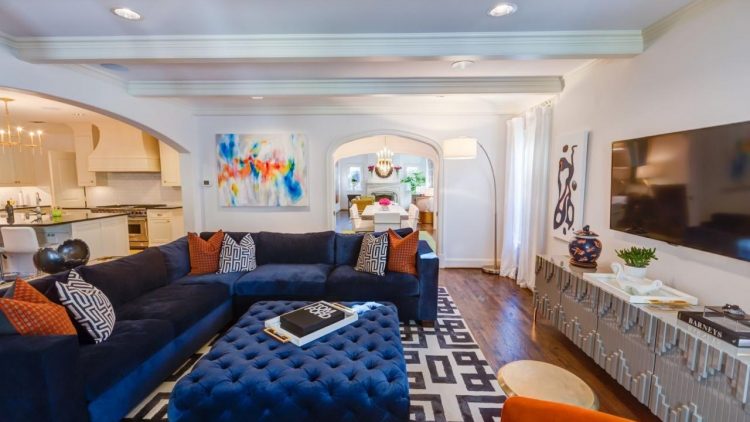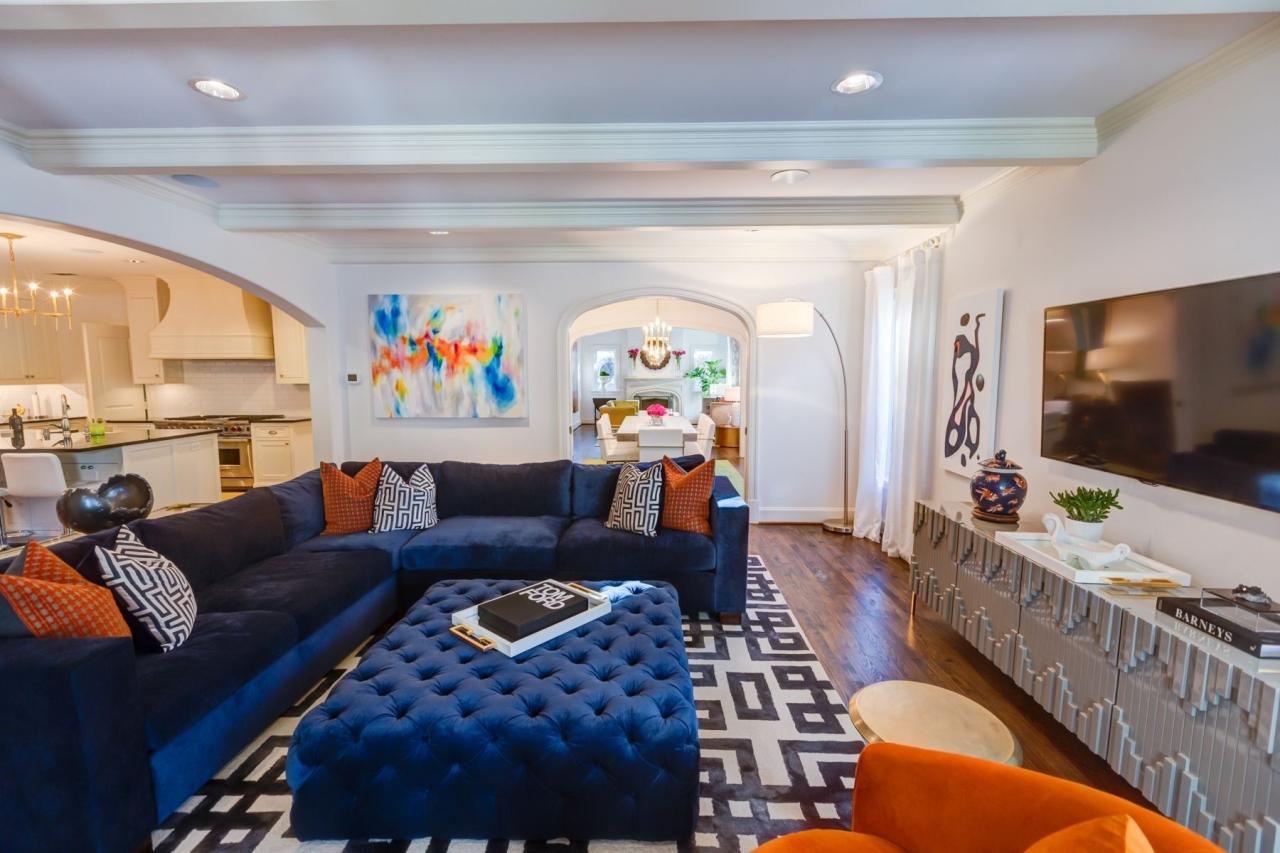How to Create a Kid-Friendly Living Room Without Sacrificing Style
Creating a living room that caters to the needs of both adults and kids can seem like a daunting task. However, it is possible to design a space that is both stylish and kid-friendly. As American author and artist, Summer Rayne Oakes, once said, “Creating a sanctuary at home isn’t about expensive furnishings or coverings—it’s about crafting a space where your spirit feels nourished and nurtured.” This applies to all members of the family, kids included.
Choosing Durable and Stylish Materials
When designing a kid-friendly living room, durability should be a top priority. Fortunately, durable doesn’t have to mean unattractive. There are plenty of materials that can withstand the wear and tear of children’s play while still looking great.
Leather, for example, is a fantastic option for sofas and armchairs. It’s easy to clean, resilient, and it can even look better with age. If leather isn’t your style, look for upholstery fabrics with a high rub count or consider outdoor fabrics, which are designed to withstand harsh conditions.
Rugs can add warmth and style to your living room, but they also have to stand up to spills and stains. Consider rugs made from natural fibers like wool, which are durable and easy to clean. Alternatively, indoor-outdoor rugs have come a long way in terms of design and can be an excellent choice for a kid-friendly living room.
Incorporating Smart Storage Solutions
A kid-friendly living room requires smart storage solutions to keep toys, games, and craft supplies in order. But practicality doesn’t mean sacrificing style.
Look for furniture that doubles as storage, such as an ottoman with a hidden compartment or a coffee table with drawers or shelves. Built-in cabinets or shelves can provide plenty of storage while keeping the room looking sleek and uncluttered.
There are also plenty of smart storage products on the market. For example, the BoxLegend Clothes Folding Board can quickly fold t-shirts, sweaters, and even towels into neat stacks, saving space in your storage units.
Designing with Kids in Mind
A truly kid-friendly living room is one where kids feel comfortable and free to be themselves. This means considering their needs in your design.
Low-level, sturdy furniture allows kids to climb and move freely without the risk of damaging delicate pieces. Round, soft-edged furniture is also a safer option for active little ones.
Create a dedicated kids’ zone within your living room. This could be a corner with a comfy rug and cushions for reading, a low table for arts and crafts, or a teepee or tent for imaginative play.
Technology can also help in designing a kid-friendly space. Interactive furniture, like the Smartable – a coffee table that transforms into a study table for kids, or smart home devices that can tell stories, play music or help with homework can contribute to a kid-friendly environment.
Conclusion: Balancing Style and Functionality
Creating a kid-friendly living room without sacrificing style is all about finding the right balance. As interior designer Vern Yip says, “Your home should be a reflection of how you want to live right now, and for the next phase of your life.” With the right materials, smart storage solutions, and thoughtful design, you can create a living room that caters to both the needs of your children and your own aesthetic preferences. After all, a home that is loved and lived in by the whole family is the epitome of style.



